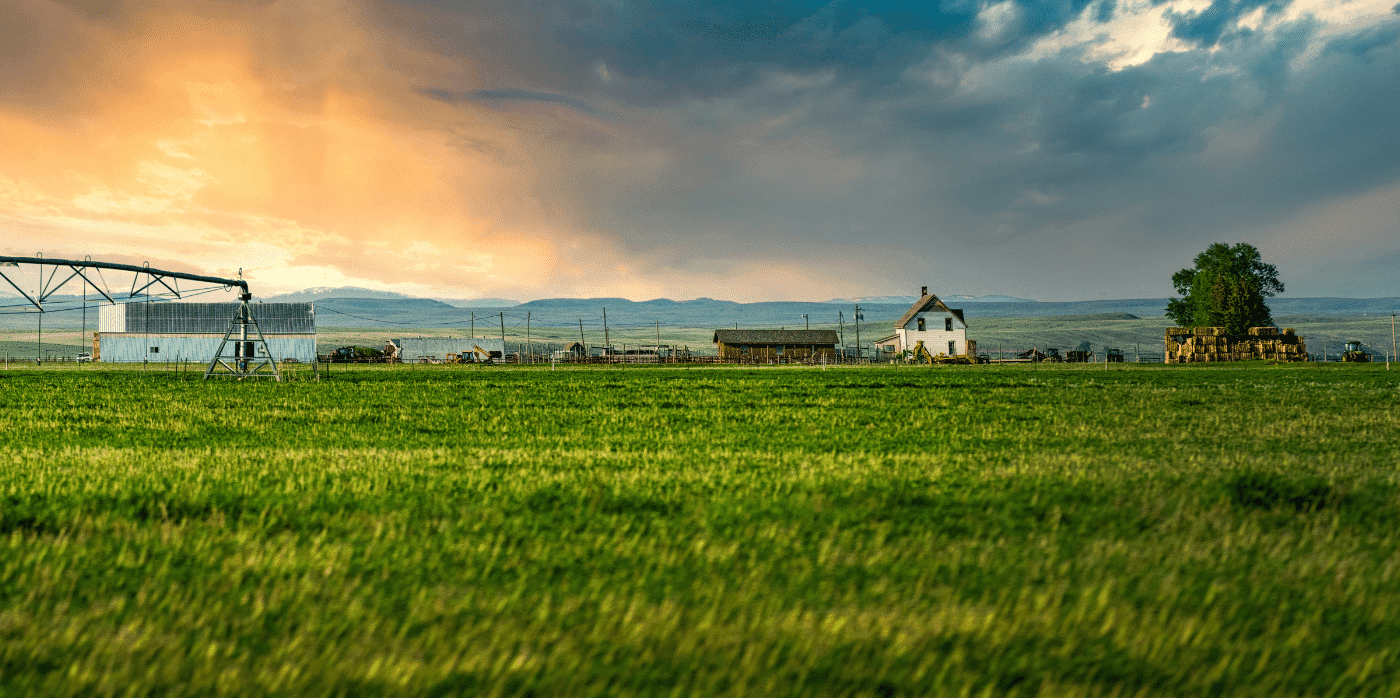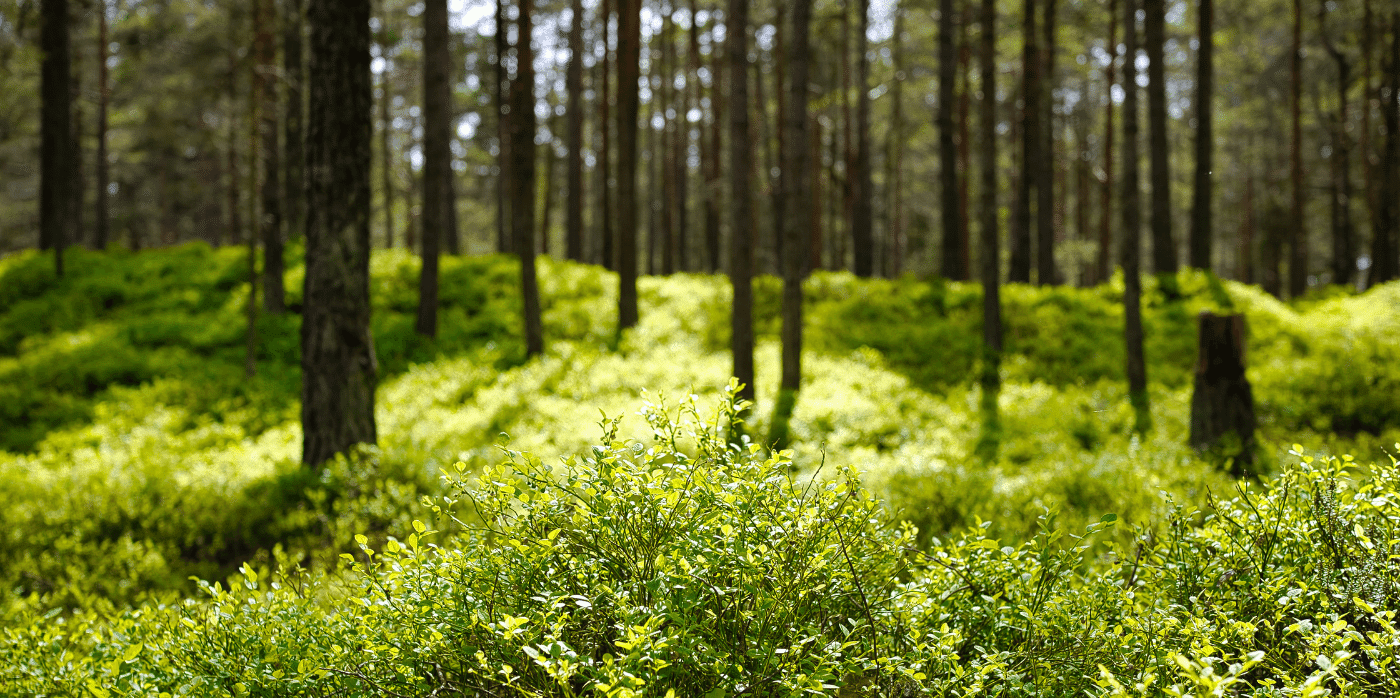Data supports smallholder farmers and regenerative agriculture

Spotted: Smallholder farms, those covering two acres or less, produce around a third of the world’s food. Yet, there are almost no data services aimed at small farmers. As a consequence, many smallholders are cut off from access to wider farming services, support, and policy. To support smallholders, especially those using regenerative practices, the Smallholder Farmers Alliance, Data Economics Company, and Terra Genesis International have formed Smallholder Data Services to help smallholders better utilise their data.
Smallholder Data Services (SDS) uses a platform built on DECO’s Lydion Software Engine. This is used to develop blockchain-based middleware that allows data to be converted into digital assets which can then be shared in secure, private data vaults and data economic networks. SDS operates on a decentralised Data Economic Network (DENET), wherein each smallholder farmer is in control of their own data vault. Corporate partners can then join a regional or crop-specific DENET to examine traceability, regenerative standards, broader sustainability, and community impact.
SDS focuses on those smallholders who are engaged in regenerative farming—a system of farming methods that seek to enhance the entire ecosystem—or those who are looking to move towards regenerative practices. The platform is designed to manage farm-level data that relates to regenerative farming by enabling companies, consumers, and smallholders to verify sustainability standards. By packaging farm data as Lydion assets, the SDS platform both economically empowers these smallholder farmers while providing verification tools for crop buyers.
According to SDS co-founder Tim Tensen, “This is an exciting moment for Regenerative Agriculture as more companies and brands from around the world are taking steps to act from a whole systems perspective and make bold investments in the future of agroecosystems. Web3 technologies like the platform in development by Smallholder Data Services, represent a unique opportunity to support the livelihoods of smallholder farmers and do so in a way that intrinsically develops trust and integrity throughout supply systems, from farmer to consumer.”
This project is one of the latest to leverage blockchain to monetise data. Springwise has spotted other innovations including a platform that builds transparency in coffee supply chains and brings transparency to the diamond industry.
Written By Lisa Magloff






